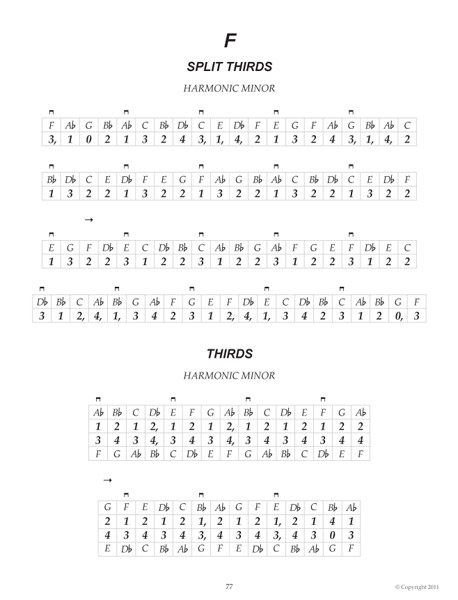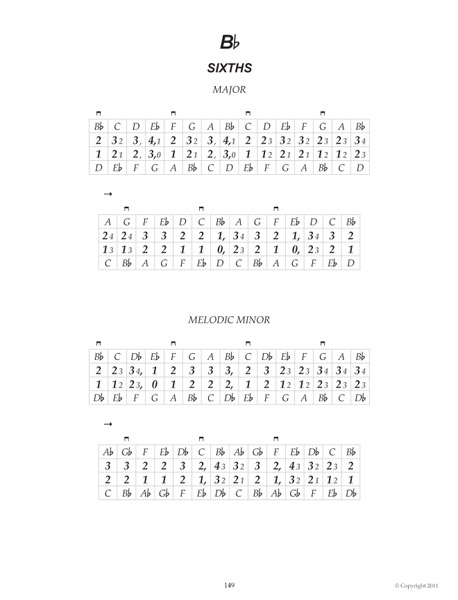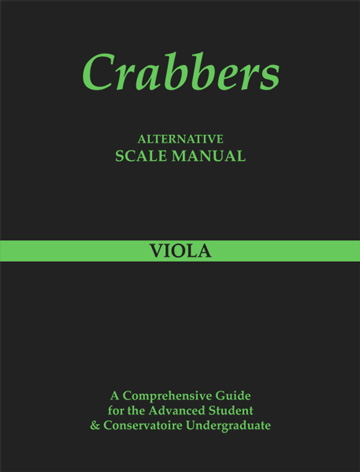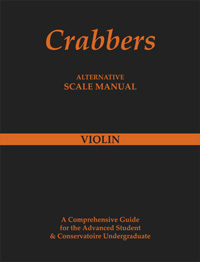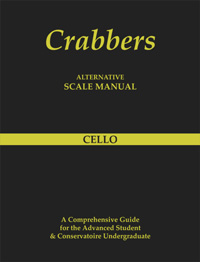5 // 32
F Harmonic Minor Split Thirds & Thirds
Split thirds in these manuals are the only single note scales that occasionally require a change of string simultaneously. The first line (ascending) 3,1,4 (C,E,Db) is a typical example. These scales are in simple time so the pulse on each down bow. Controlled movement from the right wrist when changing strings simultaneously, will give an even tone and ease of execution.
Thirds are the most important double stops to acquire an advanced technique, as they improve balance and strengthen the left hand.
To further improve intonation play two bow strokes on the same chord throughout the scale. Slide the fingers lightly and slowly into position making sure that the left thumb is in a comfortable position with each chord. This will ensure that the left hand is perfectly balanced.
Example of how to effectively practise thirds;

Please go to the violin book for additional information on how to practise 3rds.
7 // 7
Bb Melodic Minor in Sixths
An explanation giving a broad outline of scales in sixths is covered in the violin pages.
Further practise methods is to ghost each part. This will improve tone, intonation, fluency and allow freedom of execution.
To ghost each part requires only the bow to be drawn across one string at a time. The left hand fingers continue moving together normally.
Ghosting will show any inaccuracies in intonation and position changing.
This method of practise is used for all double stop scales.


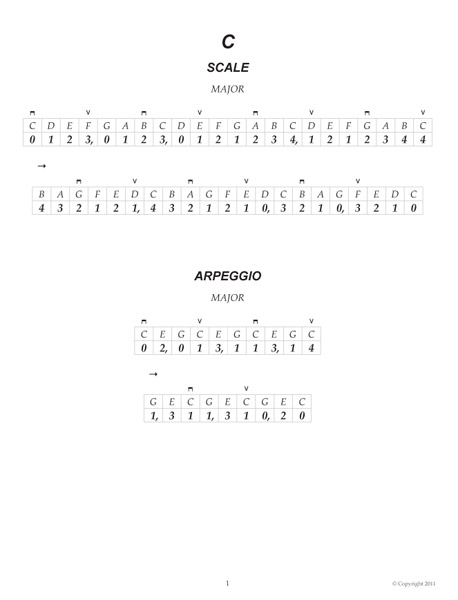
 or
or  . This will give the correct pulse and finger. This saves time and improves aural awareness.
. This will give the correct pulse and finger. This saves time and improves aural awareness.